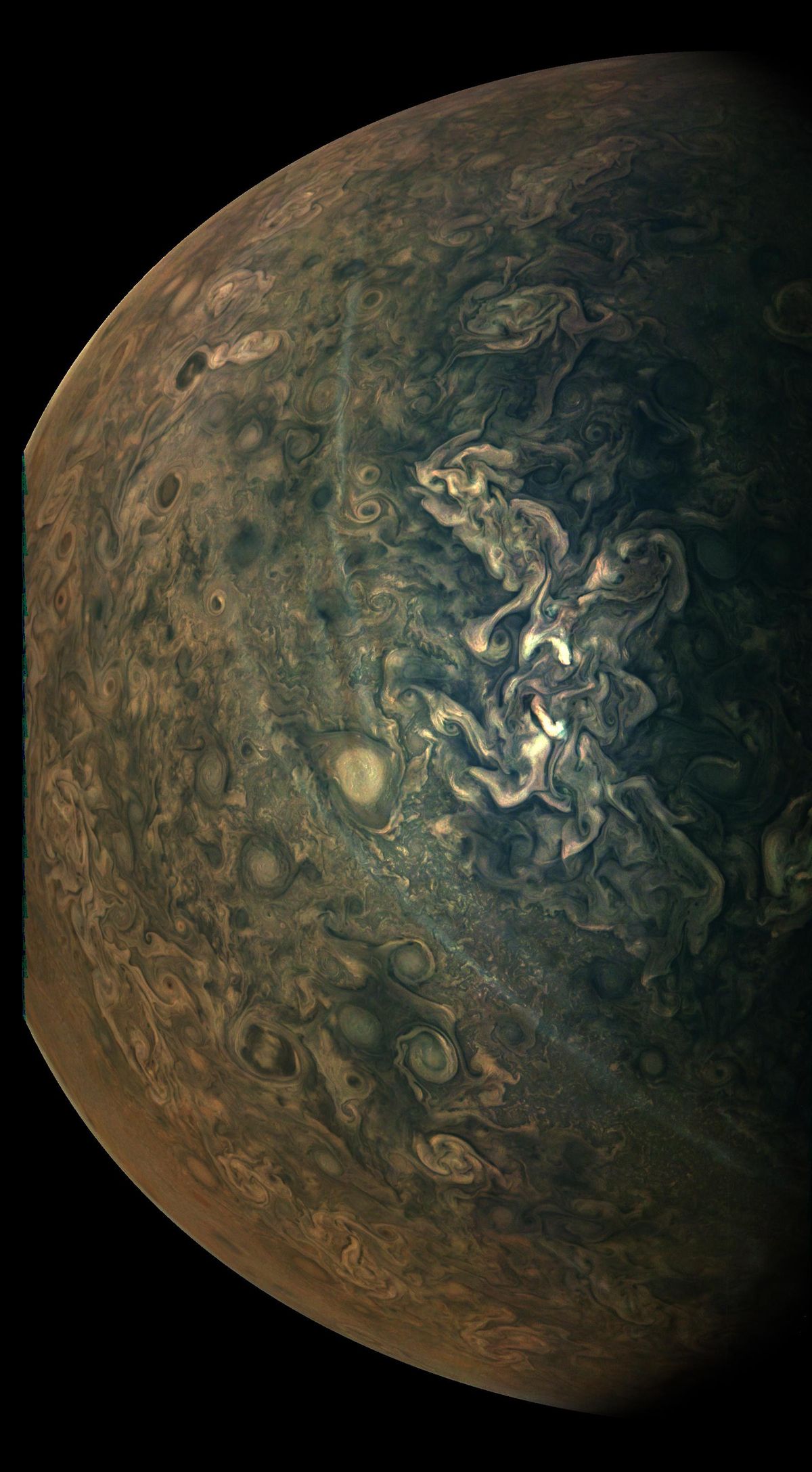

For some, though, it wouldn’t be the first time. “Investigation of these moons would enhance our knowledge of where potentially habitable bodies exist in our Solar System.” What Voyager 2 sawĪll five moons - and some of Uranus’ other 22 moons - would likely be imaged by a flagship mission.

“They display evidence for recent geologic resurfacing, including possible cryovolcanic activity and high internal heat,” said Chloe Beddingfield, a planetary scientist and astronomer at NASA Ames Research Center and leading expert on Uranian moon geology. They also appear to be geologically active. Those five largest moons have dark but surprisingly young surfaces that could be rich in organics - the building blocks of life as we know it. “They are all candidate ocean worlds that may have internal saltwater oceans, perhaps similar to Ceres and Enceladus - and they may have harbored life in the past.” “Uranus’ large moons are really weird,” said Cartwright.

“Close-up exploration of Uranus’ five large moons with a magnetometer, near-infrared mapping spectrometer, and visible and mid-infrared cameras would provide critical information on the spectrum of ocean worlds in our Solar System,” said Richard Cartwright, a planetary scientist and astronomer at NASA Ames Research Center.Īriel, Miranda, Umbriel, Titania, and Oberon are the five largest of 27 moons, which makes the Uranus System the most densely packed in the Solar System. Planetary scientists are particularly interested in learning more about a group of Uranus’ moons. The exciting plans involve a launch in 2031 or 2032 on a commercial heavy-lift rocket - likely a SpaceX Falcon Heavy - before a gravity assist from Jupiter and, after a journey of about 2.9 billion kilometers (1.8 billion miles), arrival in 2044 or 2045.Ī probe will be ejected into the planet’s interior while the orbiter will explore the planet’s atmosphere, magnetosphere, and moons. In fact, it’s possible that the most spectacular images sent back to Earth in the mid-2040s will be of dramatic canyons and craters on two of Uranus’ enigmatic ocean moons. ULA's Vulcan Centaur hasn't launched, Blue Origin's New Glenn has shown poor performance outside of Earth's orbit, and NASA has switched from its own SLS to SpaceX's Falcon Heavy to avoid delays.If the space agency can finance recommendations in the recent National Academies Planetary Science Decadal Survey then a $4.2 billion Uranus Orbiter and Probe mission could finally help unveil the mysterious ice giant planet - and its extraordinary ocean moons Ariel and Miranda, both appealing prospects in the search for life. The survey's author didn't directly reference Elon Musk's SpaceX but did write, " a Uranus mission is favored because an end-to-end mission concept exists that can be implemented in the 2023-2032 decade on currently available launch vehicles."Īs outlined by Teslarati, there are only so many choices of launch vehicles available for such a mission SpaceX's Falcon Heavy, United Launch Alliance's (ULA) Vulcan Centaur, Blue Origin's New Glenn, and NASA's Space Launch System (SLS). While the plan certainly seems like it will yield great academic value, it hedges on the development of launch vehicles capable of taking the orbiter and probe to their destination. In the published piece by the scientists, they outline that this mission could take place sometime in 2030 if engineers began the development process in 2023. The orbiter would be used to measure and observe Uranus' exotic atmosphere, and the probe would be sent deep within the atmosphere to gather vital data from within gas giant. The mission proposed by the scientists would include sending a Uranus Orbiter and a Probe to a strange distant planet.


 0 kommentar(er)
0 kommentar(er)
